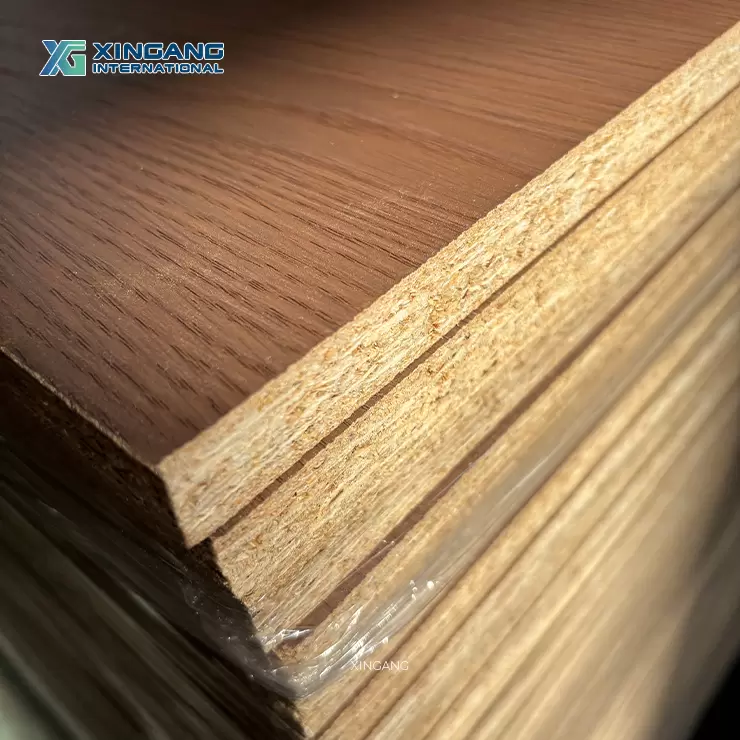In the realm of materials science and thin-film technology, the thermal evaporation system stands out as a crucial tool. This system is widely used for depositing thin layers of material onto substrates, a process essential for various applications ranging from semiconductors to optical coatings. Understanding the mechanics and applications of a thermal evaporation system can provide valuable insights into modern manufacturing processes.
The Basics of Thermal Evaporation
A thermal evaporation system operates on the principle of heating a material to its vaporization point in a vacuum environment. The vaporized material then condenses onto a substrate, forming a thin film. This process is known as physical vapor deposition (PVD). The key components of a thermal evaporation system include a vacuum chamber, a heating source (such as a resistive heater or electron beam), and a substrate holder.
Key Components of a Thermal Evaporation System
Vacuum Chamber
The vacuum chamber is the heart of the thermal evaporation system. It provides a controlled environment where the evaporation process takes place. The chamber is evacuated to a high vacuum to minimize the presence of contaminants and ensure that the vaporized material can travel unimpeded to the substrate. This controlled environment is crucial for achieving high-quality thin films.
Heating Source
The heating source is responsible for vaporizing the material. There are two common types of heating sources used in a thermal evaporation system: resistive heaters and electron beam heaters. Resistive heaters use electrical resistance to generate heat, while electron beam heaters use a focused beam of electrons to heat the material. Each type has its advantages and is chosen based on the material being evaporated and the desired film properties.
Substrate Holder
The substrate holder is where the material to be coated is placed. It can be designed to hold single or multiple substrates and may include features such as rotation or heating to ensure uniform deposition and improve film adhesion. The design of the substrate holder is critical for achieving the desired film characteristics.
Applications of Thermal Evaporation Systems
Thermal evaporation systems are versatile and find applications in various industries. Some of the key applications include:
Semiconductor Manufacturing
In semiconductor manufacturing, thermal evaporation systems are used to deposit thin films of metals, dielectrics, and semiconductors. These films are essential for creating integrated circuits and other electronic devices. The precision and control offered by thermal evaporation systems make them ideal for this application.
Optical Coatings
Optical coatings, such as anti-reflective coatings and mirrors, rely heavily on thermal evaporation systems. These systems can deposit thin films of materials like silicon dioxide and titanium dioxide with high optical quality, ensuring the desired optical properties are achieved.
Research and Development
In research and development, thermal evaporation systems are used to explore new materials and thin-film technologies. The ability to deposit thin films with precise control over composition and structure makes these systems invaluable for scientific research.
Advantages of Thermal Evaporation Systems
Thermal evaporation systems offer several advantages that make them a popular choice for thin-film deposition:
High Purity
The vacuum environment in a thermal evaporation system ensures high purity of the deposited films. The absence of contaminants results in films with excellent electrical, optical, and mechanical properties.
Versatility
Thermal evaporation systems can be used to deposit a wide range of materials, including metals, semiconductors, and dielectrics. This versatility makes them suitable for various applications.
Precision and Control
The ability to precisely control the deposition rate and film thickness is a significant advantage of thermal evaporation systems. This control ensures that the deposited films meet the required specifications.
Challenges and Limitations
While thermal evaporation systems offer numerous benefits, they also have some challenges and limitations:
Complexity
The operation of a thermal evaporation system requires a high level of expertise and careful control of various parameters. This complexity can make the system challenging to use for those without specialized training.
Cost
The initial investment and ongoing maintenance costs of a thermal evaporation system can be high. This can be a barrier for smaller organizations or research labs with limited budgets.
Material Limitations
Some materials may not be suitable for deposition using a thermal evaporation system due to their high melting points or reactivity. In such cases, alternative deposition methods may be required.
Future Trends in Thermal Evaporation Systems
The field of thermal evaporation systems is continually evolving, with new technologies and improvements being developed to address existing challenges. Some of the future trends include:
Automation and Control
Advances in automation and control systems are making thermal evaporation systems easier to use and more efficient. Automated systems can monitor and adjust deposition parameters in real-time, ensuring consistent and high-quality film deposition.
New Materials
Research into new materials and thin-film technologies is expanding the applications of thermal evaporation systems. The development of novel materials with unique properties is driving innovation in this field.
Integration with Other Technologies
The integration of thermal evaporation systems with other thin-film deposition technologies, such as sputtering and chemical vapor deposition, is opening up new possibilities. Combining these technologies can result in films with enhanced properties and functionality.
Conclusion
In conclusion, the thermal evaporation system is a vital tool in the field of thin-film technology. Its ability to deposit high-purity, versatile, and precisely controlled thin films makes it indispensable for various applications, from semiconductor manufacturing to optical coatings. While there are challenges and limitations, ongoing research and technological advancements are addressing these issues and expanding the capabilities of thermal evaporation systems. As the demand for advanced materials and thin-film technologies continues to grow, the role of thermal evaporation systems will become even more critical.
https://www.zhconcentrate.com/Evaporator
Jiangsu Zongheng



More Stories
Kangchi Fastener Manufacturing Unveils Comprehensive Guide on Threaded Rod Specifications and Durability
FPV Drone Popular Explained: What’s Driving the Rapid Growth of First-Person View Flying
How Glass Sealed Crystals Enhance Device Stability